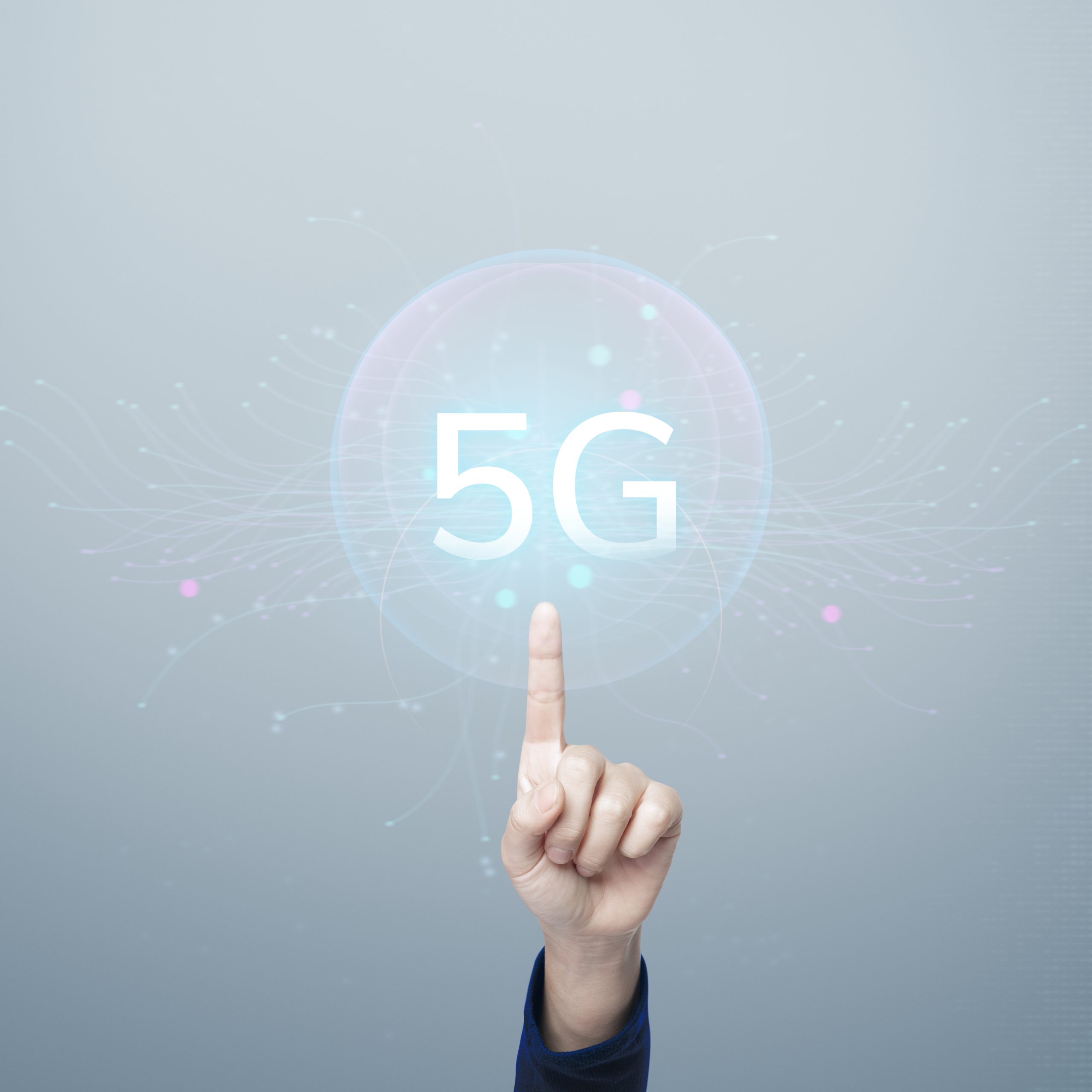India just started rolling out 5G networks after much anticipation and years-long delay. Service operators expect to bring the next generation of cellular connectivity to every town by as early as the end of 2023. For India, 5G provides an opportunity for industries to augment the pace of digitization at the grassroots level and for consumers to gain economies of scale.
5G technology would bring a digital revolution to businesses, defense, gaming, information and technology, hospitality, and many other sectors. It is believed that 5G can reach the speed of 10gbps which is up to 100 times faster than the existing 4G in India. Connectivity has seen a huge change in the last 2 decades. With 5G, it’s all about better connectivity with superfast, low latency widely accessible mobile networks. 5G connectivity offers a built-in level of protection for service providers.
Benefits of 5G in India:
- Faster internet speeds: 5G is expected to provide internet speeds that are 10 to 100 times faster than the 4G network.
- Low latency: Latency is the delay in network communication. It shows the time that data takes to transfer across the network. This technology has a low latency of about 5 milliseconds.
- Enhanced mobile broadband: With 5G, it will be possible to connect many more devices to the internet at the same time, including smartphones, tablets, and IoT devices.
- Boost to the economy: 5G is expected to drive economic growth and job creation in India by enabling new industries, such as autonomous vehicles, smart cities, and virtual reality.
- Reduction in power consumption: An estimated 90% reduction in power savings for devices means minor power savings at the smartphone level. However, the power savings could be substantial from an infrastructure standpoint, particularly for IoT devices.
- Security: For designers, 5G offers more robust security than 4G LTE, including hardware security modules, key management services, over-the-air, secure elements, and others. This will ensure data transmission is safe and will harden network endpoints.
Challenges of 5G:
- The setting up of 5G airwave infrastructure had raised various concerns about interference that these signals could cause, posing a challenge to safe airline operations.
- Experts believe that this technology will have less upload speed compared to 4G and 4G LTE.
- Lack of encryption during the connection process makes the devices using 5G technology an easier target for cyber-attacks and data thefts.
- When it comes to mobile devices connected to 5G, it seems batteries are not able to operate for a significant period of time.
In conclusion, 5G technology is set to revolutionize the way we live and work by providing faster speeds, lower latency, and greater capacity for connecting devices. From powering smart cities and the Internet of Things, to enabling new technologies such as virtual reality and autonomous vehicles, the possibilities with 5G are endless. As the rollout of 5G networks continues to expand, we can expect to see an increasing number of industries and applications utilizing the technology to improve efficiency and drive innovation. It’s an exciting time to be a part of this technological advancement, and we can’t wait to see what the future holds for 5G.
